Award winning dermatology service, with over 20 years on experience
Short waiting lists, on some occasions offering same week appointments
Safe environment, in Care Quality Commission approved facilities
Scabies Treatments Include:
scabies specialist Advice
Scabies is a common, extremely itchy rash caused by a small burrowing mite called Sarcoptes scabiei. These parasites eat the outer (epidermal) layer of the skin cannot be seen with the naked eye, their tiny burrows might be visible. When a person is initially infected it can take up to 8 weeks before the itching begins as it takes a while for the body to develop an allergic reaction to the mite. Scabies can affect anyone and it should be treated as quickly as possible to stop it spreading. People become infected with the mites either via prolonged direct skin contact with someone already infected or, less commonly, by using infested bath towels, clothing or bedding. Pets do not carry the mites that infect humans – the spread from animals to humans does not occur.
WHAT CAUSES SCABIES?
Scabies is caused by small burrowing mites in the skin.
Scabies mites tend to favour warm and moist areas such as the external genitalia, beneath the breasts, between the buttock folds, webs of the fingers or toes and under the fingernails. However, they can be found residing anywhere on the body, though the face and neck are usually not affected.
Scabies are often spread by direct skin to skin contact with someone who has the condition. This must be prolonged contact, a quick handshake or hug usually isn’t enough to spread scabies.
WHAT ARE THE SYMTOMS/TYPES OF SCABIES?
Multiple tiny red insect bites in a row are the typical finding with scabies. The burrows created by the mites appear as small curves or lines which then may spread and turn into small spots. Due to the excessive itchiness, scaly inflamed scratch marks may also become visible, and scabies infestation often resembles severe eczema. The rash can appear anywhere on the body but often starts between the fingers.
Intense itching, particularly at night and in warm environments, is the main complaint with this condition. A raised rash or spots which are red in appearance are seen in scabies. There are generally no serious health consequences of uncomplicated scabies, but it is important to seek treatment quickly, otherwise symptoms can persist for months or even years.
A rare, highly-contagious, form of the disease referred to as crusted or Norwegian scabies, which involves extensive areas of the body being infested with a large number of mites can affect those whose natural defence mechanisms are weakened such as people who have cancer or AIDS.
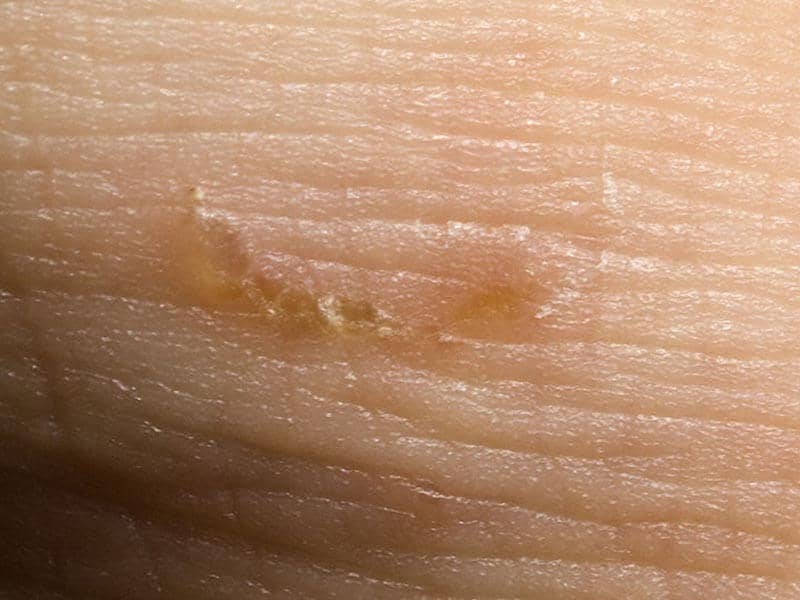
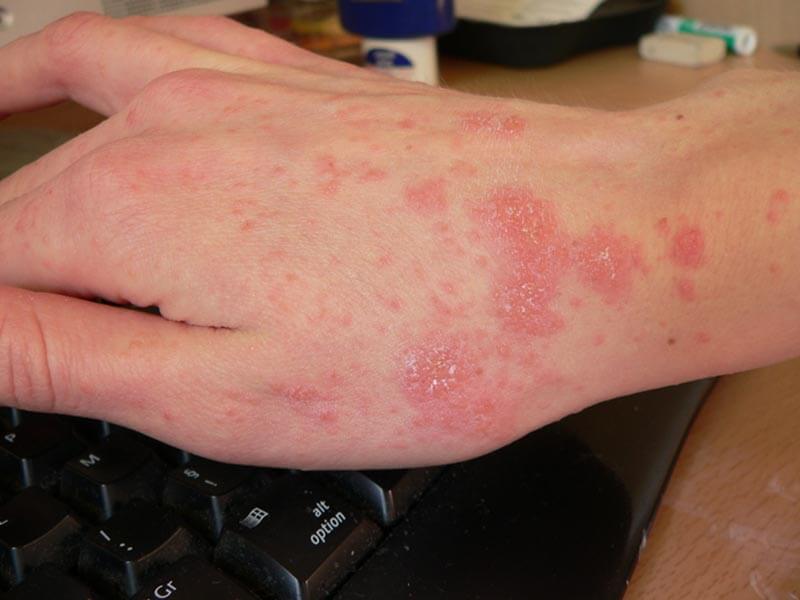
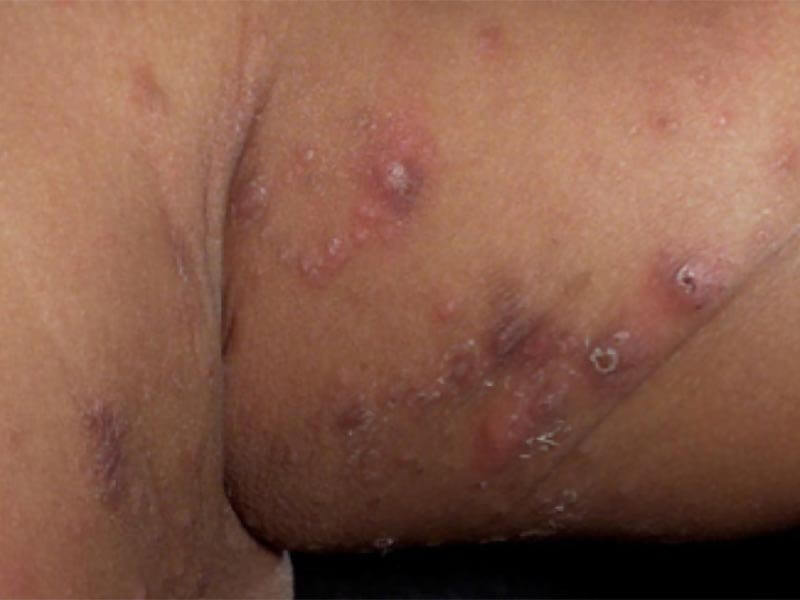
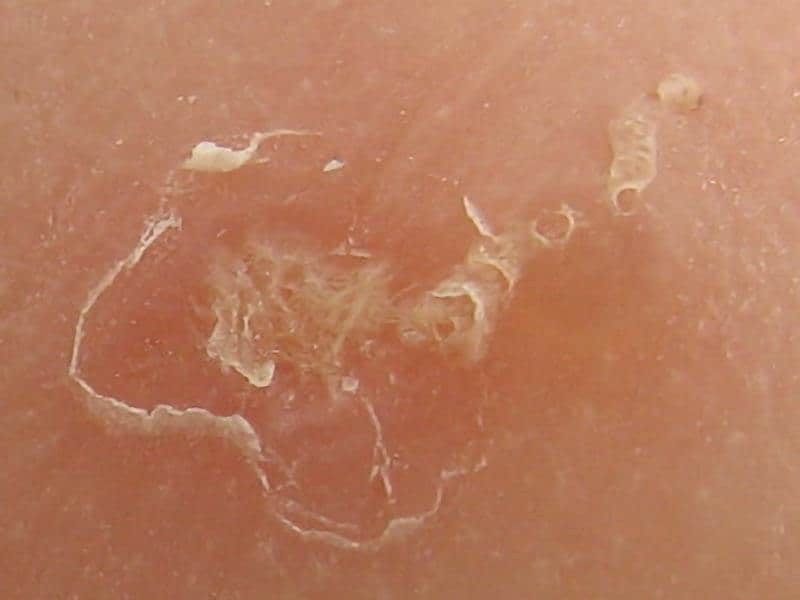
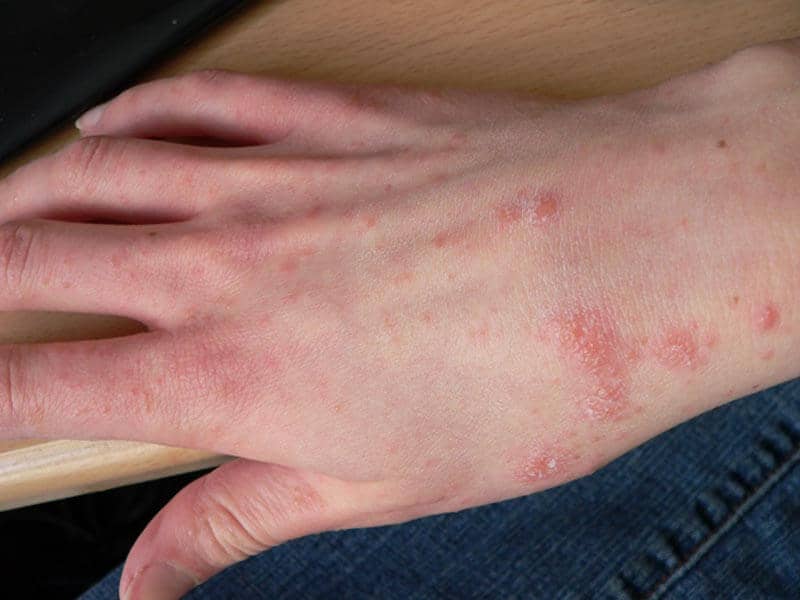
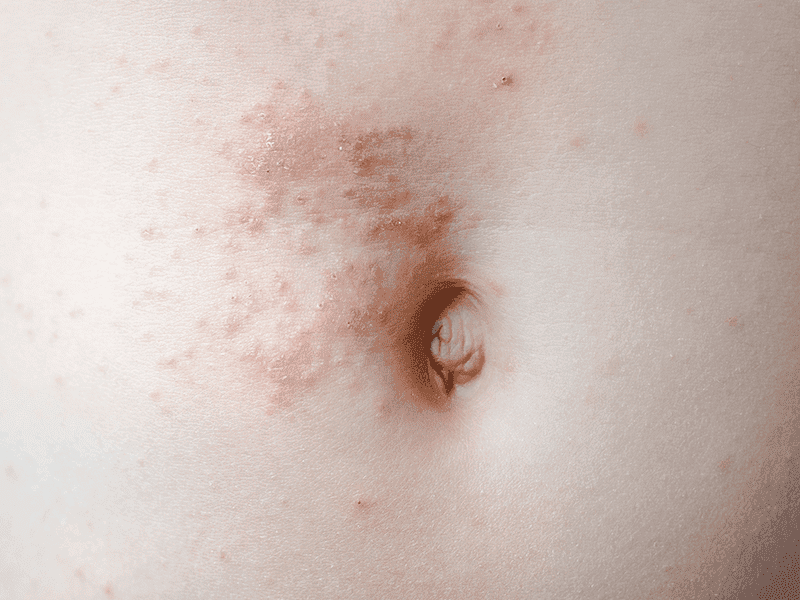
HOW CAN SCABIES BE TREATED?
The most well-established treatment for scabies involves the application of a medicated cream containing permethrin, which is highly effective at killing the mites. However, if this fails to work another lotion containing a medication known as malathion can be used.
Due to the fact that the symptoms are caused by an allergic reaction, it can take some time after the eradication of the mite before the itching completely disappears.
For the more severe, crusted form of scabies a tablet medication called Ivermectin is given.
It is important to avoid close bodily contact or the sharing of items that have been used by others during treatment to prevent re-infection. We also advise all close contacts (household members and sexual contacts) to undergo treatment, even if they have no symptoms, to prevent the condition recurring.
FREQUENTLY ASKED QUESTIONS
WHAT CAN I DO AT HOME IF I HAVE SCABIES?
- Wash all the bedding and clothing in the house at a high temperature on the first day of treatment
- Put any clothing that cannot be washed into a sealed bag for 3 days until the mites die
- Stop babies and children from sucking the treatment lotion from their hands by putting mittens on them
- Don’t have sex or close physical contact until the course of treatment is finished
- Don’t share bedding, clothing or towels with someone with scabies
HOW LONG DOES IT TAKE TO GET RID OF SCABIES?
You will be able to go back to school/work 24 hours after the first treatment. It may take a couple of weeks for the itching to stop even after the mites have died.
IS SCABIES CAUSED BY BAD HYGINE?
No, scabies has nothing to do with poor hygiene, anyone can get it. Scabies is contagious and can spread easily from skin to skin contact so this should be avoided until treatment is complete.
CAN I GET SCABIES FROM MY PETS?
You cannot get scabies from pets.
WHERE ARE SCABIES RASHES MOST COMMONLY FOUND?
The burrows of scabies typically are seen in folds of skin. Even though any part of the body can be affected, the rashes are most often found:
- between the fingers
- in the armpits
- around the waist
- on the inside of the wrists
- on the inner elbows
- on the soles of the feet
- around the breasts
- around the genitals
- on the buttocks
- on the knees
In young children, it is also common to see rashes
- on the scalp
- palms of the hands
- soles of the feet
REQUEST A CALL BACK
Please fill in this form and one of our team will give you a call back to arrange a consultation with one of our expert dermatologists.
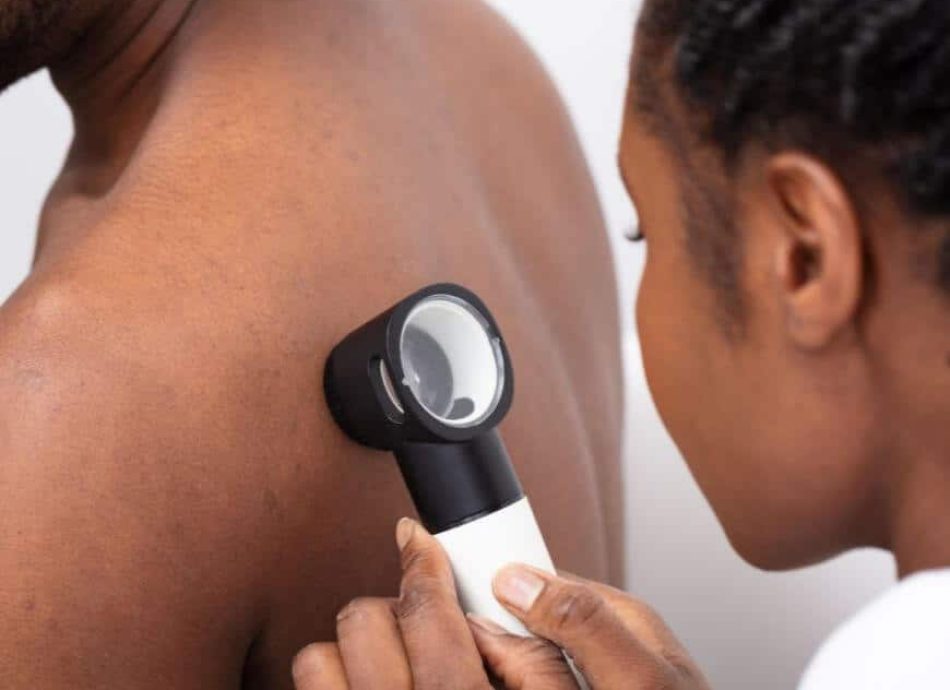
HEAR FROM OUR PATIENTS
WHY TREAT YOUR SCABIES AT St Michael's Clinic?
At St Michael’s Clinic, we have a team of highly trained Consultant dermatologists, who have completed specialist training in Dermatology and are on the specialist register of the General Medical Council. All our consultants hold substantive contracts with the best Dermatology centres in leading NHS hospitals. Therefore, you can be certain of the highest quality private care.
We offer a range of treatments and can offer one, or a combination of treatments to achieve the best results. Unlike many other clinics, we can offer diagnosis and treatment all under one roof by expert consultant dermatologist, so you know you’ll be in safe hands.




